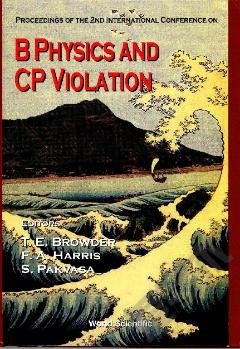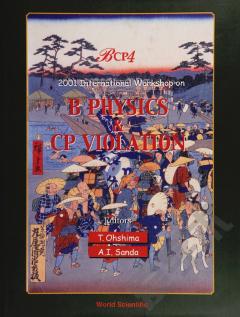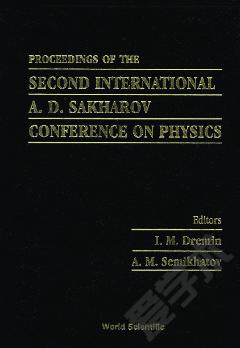B Physics And Cp Violation: Proceedings Of The 2nd International Conference
CP violation is one of the most subtle effects in the Standard Model of particle physics and may be the first clue to the physics that lies beyond. Charge conjugation, C, and parity, P, are symmetries of particle interactions. C corresponds to the operation of replacing a particle by its antiparticle, while P is the operation of mirror reflection. Before 1956, it was believed that these were also symmetries of the interactions of elementary particles. In 1956, C S Wu found evidence for P violation in the weak interaction. Theorists proposed that the combination of CP would be a symmetry of the weak interaction. In 1964, Christenson, Cronin, Fitch and Turlay found the first evidence for the violation of CP symmetry in the decays of kaons.Although Kobayashi and Maskawa then showed how the Standard Model can accommodate the observed CP violation, Wolfenstein pointed out that it is also possible that there is a new interaction in addition to the usual four, called the superweak interaction, which is responsible for the asymmetry. To test this idea, the observation of a different type of asymmetry, called direct CP violation, is required; in the kaon sector, very precise measurements of the ratio of kaon decay rates are necessary. In B decay modes where a second order weak process whimisically named “penguin” interferes with another suppressed, first order “tree” amplitude, it may also be possible to observe these direct CP-violating effects.B physics and CP violation is now one of the major growth areas in high energy physics. Nearly every major high energy physics laboratory now has a project underway to observe the large CP asymmetries expected in the B sector and to test the consistency of the Standard Model. The unitarity of the Kobayashi-Maskawa mixing matrix in the Standard Model implies the existence of three phases, called alpha, beta and gamma, which can be determined by the measurements of CP asymmetries in B decays. About 200 participants gathered in Hawaii in March 1997 to discuss the progress in the field, and this important book constitutes the proceedings of that conference.
{{comment.content}}








 京公网安备 11010802027623号
京公网安备 11010802027623号